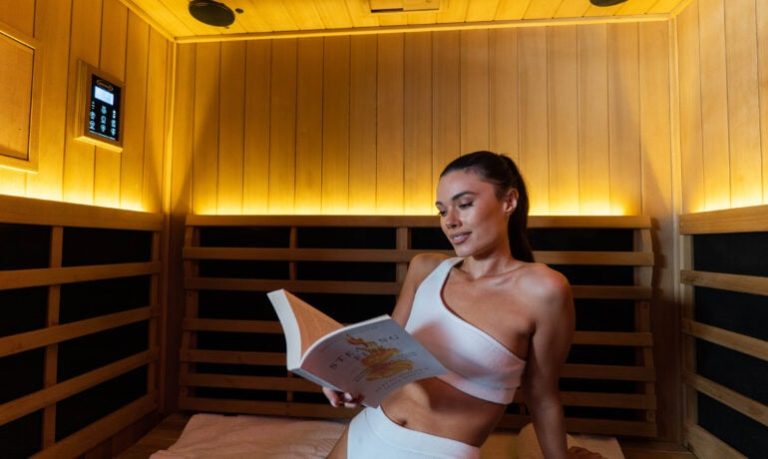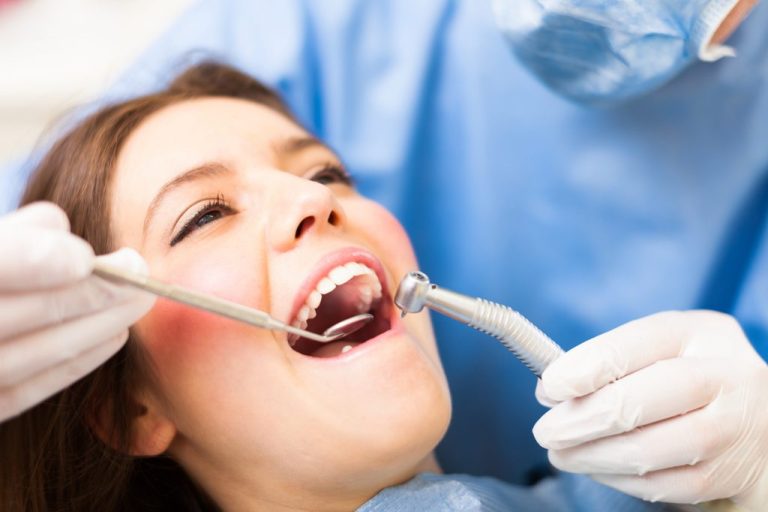
According to recent studies, minimally invasive cosmetic surgeries meant to provide a more sculpted lower facial profile are in great demand. Of these choices, the use of neuromodulator injections aiming at the masseter muscles has drawn much interest. Leading dermatology clinics are introducing this therapy into their offers, including botox at northstar dermatology, which has witnessed a clear increase in visits. Patients trying to minimize the look of a square jawline without surgery are looking for answers on the safety and effectiveness of Botox injections for jawline slimming. Early results of clinical observations start to clarify the possible advantages and drawbacks of this method.
Growing Appeal for Jawline Slimming Treatments
Demand for non-surgical facial contouring, according to industry observers, has increased consistently during the past year. Many clinics stress the ease and rapid recovery times as they have enlarged their menus to include targeted neuromuscular blockade to change the face. Although lip augmentations and wrinkle reduction are still primary concerns, more and more people are giving the lower face slimming top priority. Often under the cover of cosmetic dermatology treatments, the operation promises to solve perceived facial bulkiness issues without including downtime or scars. Professional associations have thus started to gather outcome data and create basic rules to advise both practitioners and future customers.

Gaining Knowledge of Botox’s Science
When injected into a muscle, Botox—a refined type of botulinum toxin—blocks nerve signals, therefore momentarily lessening the activity of that muscle. With jawline slimming, practitioners target the masseter muscles—important participants in chewing. Muscle fibers eventually atrophy by reducing masseter function over several weeks, therefore reducing total bulk. Imaging methods and laboratory experiments have confirmed this mechanism by showing appreciable changes in muscle thickness following consecutive injections. Originally approved for hyperhidrosis and facial wrinkles, Botox’s off-label use in facial sculpting has earned legitimacy via peer-reviewed papers and consensus statements released in recent years.
Possible Hazards and Thought Issues
Even with a relatively good safety record, patients have to be informed of inherent risks and considerations. Some people get momentary bruising, minor pain at the injection site, or trouble eating harder meals. Rarely, unintentional diffusion of the toxin might damage surrounding muscles, causing minor asymmetry or changed facial expressions. Particularly in the first session, practitioners stress exact anatomical understanding and careful dosage. Moreover, people on some drugs or with neuromuscular diseases might not be perfect candidates. Long-term consequences beyond two years are still under research as is the ideal time between maintenance injections to maintain results free from accumulating side effects.
With continued research and refinement of techniques, the true efficacy of botox at northstar dermatology and similar practices will become clearer, empowering patients to make informed choices regarding facial contouring.



